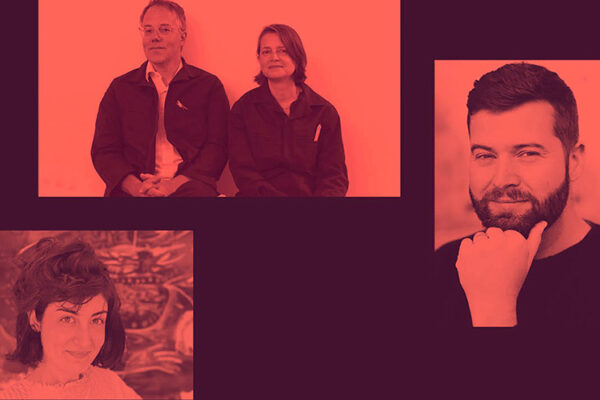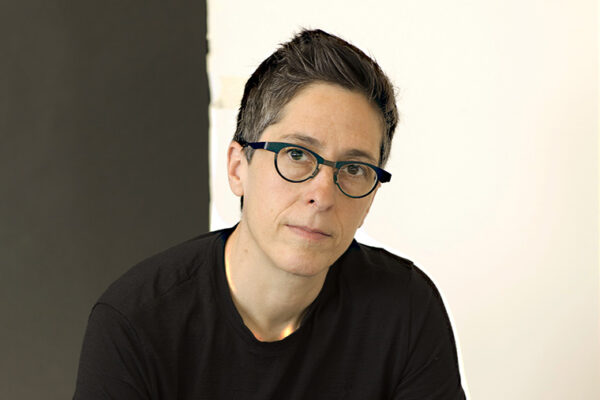
Jazz has always had a tradition of innovation and experimentation, but in the 1960s, that began to change. The culture of jazz as community music that was heard in nightclubs until the early hours of the morning started to disappear as other modes of popular music like rock and soul rose in popularity. To stay employed, jazz musicians often had to perform more mainstream compositions. A collective of musicians on Chicago’s south side took a different path.
The members of the Association for the Advancement of Creative Musicians (AACM) blended jazz with experimental music, creating a world for themselves by putting on their own concerts in unusual venues. Paul Steinbeck, associate professor of music in Arts & Sciences at Washington University in St. Louis, uncovers their surprising rise to become international touring artists in “Sound Experiments: The Music of the AACM” (University of Chicago Press).
“In the history of jazz and experimental music, AACM members are still their own category unto themselves,” Steinbeck said. “The group is notable for what it did organizationally to create a space for experimental music by Black composers. They did it together and by themselves, without any funding or outside support.”
Read more about the book in The Ampersand.


